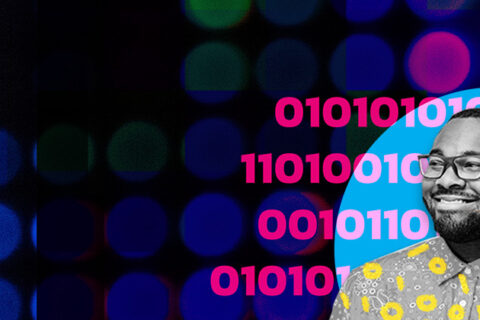We’re more likely to respond to and give support towards relieving the plight of a single, identifiable victim suffering from hardship than to large, statistically defined groups of sufferers.
By why do we do this?
To the emotional part of our brain, a single death is a tragedy, whereas a million deaths is processed more distantly as a mere statistic. Indeed, this was the case when the photograph of Syrian refugee, 3-year-old Aylan Kurdi, went viral in 2015. The harrowing photo showed him lying face down in the water on a beach in Turkey, after the boat he was on capsized.
Compare this to the statistical version of the Syrian (and other) refugee crises. Between 1993 and 2018, over 27,000 refugees and migrants were thought to have died at sea trying to get to Europe and a significant proportion of these deaths were children.
These are distressing figures. However, a single identifiable victim such as Aylan often evokes a bigger emotive response, drawing on affect heuristic and System 1 thinking. We’re more likely to respond to identifiable victims than to large statistics representing multiple victims. People are less affected by numbers. Knowing an identifiable victim makes their suffering real in people’s minds. Apathy increases as the victim numbers grow so large that they cannot be imagined or comprehended emotionally, resulting in compassion fatigue.
Identifiable victim illustrated
Paul Slovic, Professor of Psychology at the University of Oregon, has highlighted how this single photo of Aylan so deftly captured people’s attention. By constructing the graph below using Google Trends, he demonstrates how numbers of Google searches for ‘Aylan’, triggered even larger numbers of searches for ‘Syria’ and ‘refugees’. The photo prompted huge donations in the following days too.

Google Trend data on the relative popularity of search terms ” Syria, ” ” refugees, ” and ” Aylan, ” August–September 2015. Google Trends doesn’t provide search volumes. 100 represents the maximums search levels and other levels indexed proportionally to that.
While the traditional definition of identifiable victim effect explains how aid and money is donated to a single victim, Aylan’s death prompted donations, not just to his family, but to refugee aid organisations – particularly those involved in the rescue missions in the Mediterranean. In this case, seeing the death of a single boy prompted people to act to help the masses.
In just 24 hours, donors gave over £180,000 (over $275,000) to the Migrant Offshore Aid Station and donations via PayPal more than tripled what the organisation had collected over the previous two years. In recognition of this, the charity has named its two high-speed rescue boats ‘Alan’ and ‘Galip’ in remembrance of Aylan and his older brother Galip who also died at sea.
This story is a very vivid and poignant reminder of the power of this effect. Thousands had already died trying to cross the Mediterranean Sea before September, yet it took the photo of a single boy to attract international attention.
Mother Theresa’s words identify the motivation created in her by this effect: “If I look at the mass, I will never act. If I look at one, I will.” Although the identifiable victim effect can often lead to skewed donations – huge sums of money going to a single individual – it can at least call us to action and ward off that other human tendency: procrastination.
So, what does all this mean?
Keeping in mind the identifiable victim effect is important when considering recommendations and opportunities to attract consumers’ attention and encourage a greater response to calls for help. There have already been many different types of victim during the COVID-19 pandemic; it can feel quite overwhelming. From the hundreds of thousands who have died of the disease itself and ‘long-COVID’ sufferers, to people whose other health needs such as cancer or old age have been neglected, children and students whose schooling or exams have suffered and those affected by domestic abuse, to those who have lost their job or business. Making sure these groups get the attention they need and deserve will be a careful art and leveraging identifiable victim effect in the most effective way will be important.
It’s also valuable to be aware how it can distort people’s attention and assistance, helping us to understand why campaigns that focus on just one victim can often generate a much larger response than one that highlights mass hardship.
NEXT IN THE SERIES: Every three weeks The Behavioural Architects will put another cognitive bias or behavioural economics concept under the spotlight. Our next article features discounting the future.
PREVIOUS ARTICLES IN THE SERIES:
System 1 & 2
Heuristics
Optimism bias
Availability bias
Inattentional blindness
Change blindness
Anchoring
Confirmation Bias
Framing
Loss aversion
Reciprocity
Hot cold empathy gaps
Social norms part 1
Social norms part 2
Commitment bias
Affect Heuristic
Paradox of choice
Mental accounting
Status quo bias
Cognitive ease
Default bias


